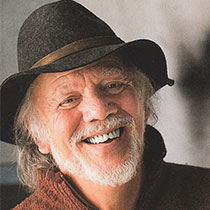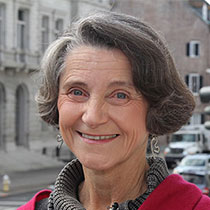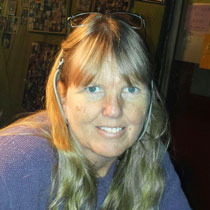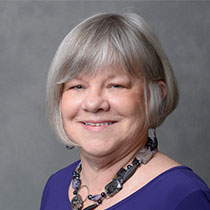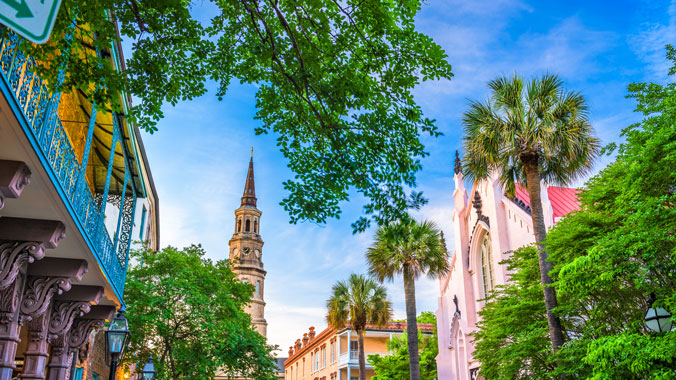A Witness to History: Charleston's Old Exchange and Provost Dungeon
by Ruth Miller and Ann Taylor Andrus
The Old Exchange and Provost Dungeon in Charleston, South Carolina, is one of the great buildings of Colonial America. Serving as city hall, customs house, post office and prison; as the British Headquarters during the occupation of Charles Towne and then host to a great ball honoring George Washington, the Exchange has been an eyewitness to America’s history. This stoic building-—designated a National Historic Landmark in 1975—-has been described as the best example of the dignity and ornament of the traditional English “exchange-town hall” design of the eighteenth century built in the United States. From within its Great Hall to deep below in the Provost Dungeon, the Exchange has played a vital role in American history. Andrus’ and Miller’s fast-paced and readable survey of the history and significance of the Old Exchange Building will appeal to visitor and serious historian alike.
Charleston: City of Memory
by Harlan Greene
Charleston! Charleston!: The History of a Southern City
by Walter Frazer
This book records Charleston's development from 1670 and ends with an afterword on the effects of Hurricane Hugo in 1989, drawing with special care on information from every facet of the city's life-its people and institutions; its art and architecture; its recreational, social and intellectual life; its politics and city government.
City on the Verge: Atlanta and the Fight for America's Urban Future
by Mark Pendergrast
Atlanta is on the verge of tremendous rebirth-or inexorable decline. A kind of Petri dish for cities struggling to reinvent themselves, Atlanta has the highest income inequality in the country, gridlocked highways, suburban sprawl, and a history of racial injustice. Yet it is also an energetic, brash young city that prides itself on pragmatic solutions.
Today, the most promising catalyst for the city's rebirth is the BeltLine, which the New York Times described as "a staggeringly ambitious engine of urban revitalization." A long-term project that is cutting through forty-five neighborhoods ranging from affluent to impoverished, the BeltLine will complete a twenty-two-mile loop encircling downtown, transforming a massive ring of mostly defunct railways into a series of stunning parks connected by trails and streetcars.
Acclaimed author Mark Pendergrast presents a deeply researched, multi-faceted, up-to-the-minute history of the biggest city in America's Southeast, using the BeltLine saga to explore issues of race, education, public health, transportation, business, philanthropy, urban planning, religion, politics, and community.
An inspiring narrative of ordinary Americans taking charge of their local communities, City of the Verge provides a model for how cities across the country can reinvent themselves.
Courage to Dissent: Atlanta and the Long History of the Civil Rights Movement
by Tomiko Brown-Nagin
The Civil Rights movement that emerged in the United States after World War II was a reaction against centuries of racial discrimination. In this sweeping history of the Civil Rights movement in Atlanta--the South's largest and most economically important city--from the 1940s through 1980, Tomiko Brown-Nagin shows that the movement featured a vast array of activists and many sophisticated approaches to activism. Long before "black power" emerged and gave black dissent from the mainstream civil rights agenda a new name, African Americans in Atlanta debated the meaning of equality and the steps necessary to obtain social and economic justice.
This groundbreaking book uncovers the activism of visionaries--both well-known legal figures and unsung citizens--from across the ideological spectrum who sought something different from, or more complicated than, "integration." Local activists often played leading roles in carrying out the integrationist agenda of the NAACP, but some also pursued goals that differed markedly from those of the venerable civil rights organization. Brown-Nagin discusses debates over politics, housing, public accommodations, and schools. She documents how the bruising battle over school desegregation in the 1970s, which featured opposing camps of African Americans, had its roots in the years before Brown v. Board of Education.
Hidden History of Savannah
by Brenna Michaels (Author), T. C. Michaels (Author)
Savannah has repeatedly stood on the edge of ruin, brought to its knees by bloody battles, mysterious pestilence, fire, unforgiving weather and the drums of war. Men and women whose names echo in history once walked its streets. Countless other faces are seemingly forgotten, names that history held in looser grip--like Mary Musgrove, the colonial translator and entrepreneur, or Dr. Samuel Nunes, shipwrecked by chance on Savannah's coastal shores just in time to curb a deadly epidemic and save Savannah's first settlers. And then there's John Geary, the larger-than-life Union general who beat Sherman's march south to the sea. Join authors Brenna and T.C. Michaels as they explore Savannah's long, wide and very often hidden history.
Legendary Locals of Asheville
by Kevan D. Fraiser
Like all great cities, Asheville’s story is one of people, not institutions or industries. For more than two centuries, deep in the Appalachian Mountains of North Carolina, extraordinary women and men have created a truly unique American city. Legendary Locals of Asheville tells the stories of the people who founded, built, and rebuilt Asheville. From the first woman elected to state office in the South, who won her primary before women had the right to vote, to the grandson of a famed railroad magnate who built a 250-room chateau that became the largest home in America, to the entrepreneur who helped ignite the city’s renaissance when he risked opening an art gallery downtown when most of it was still boarded up, Ashevillians are an amazing lot. Likewise, there are stories of extraordinary groups like the renowned faculty of an experimental college that redefined the American arts or the brave high school students who joined together to fight segregation. Their stories are as touching and fascinating as they are varied.
Savannah: A History of Her People Since 1733
by Preston Russell (Author), Barbara Hines (Author)
Savannah: A History of Her People Since 1733 offers a chronological view of Savannah history, including period photogrpahs and sketches. If you are acquainted with Savannah, this book will help solidify your knowlegde. If you are new to Savannah or need to learn more about the city, the book will increase your knowledge.
Saving Savannah: The City and the Civil War
by Jacqueline Jones
In this masterful portrait of life in Savannah before, during, and after the Civil War, prize-winning historian Jacqueline Jones transports readers to the balmy, raucous streets of that fabled Southern port city. Here is a subtle and rich social history that weaves together stories of the everyday lives of blacks and whites, rich and poor, men and women from all walks of life confronting the transformations that would alter their city forever. Deeply researched and vividly written, Saving Savannah is an invaluable contribution to our understanding of the Civil War years.
